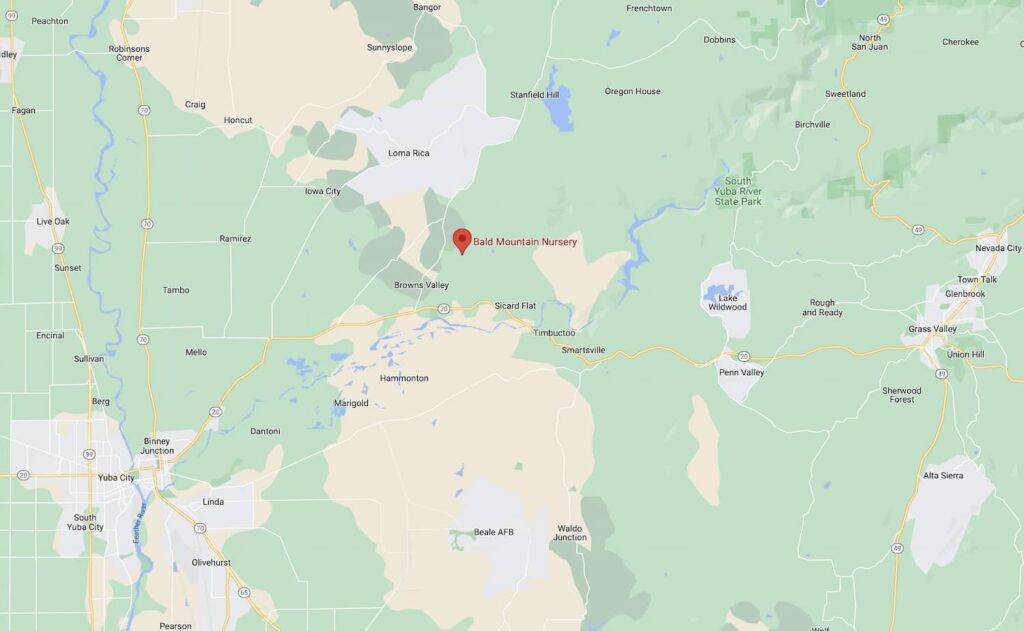October 2012 Newsletter
Well the first few weeks of fall did not really feel like it but after the last few nights it feels like fall. Nice and cool in the mornings and perfect days. This is a great time of year and as we always tell our customers it is the best time to plant. Trees and shrubs get established without the heat but before the cold and are set to put out new growth in the spring with well established roots that will take them through their first summer without the stress from the heat that a plant with a less established root has. Trees are starting to show fall color a little bit now with the cool nights so you can see what color you will be getting when you buy your trees. The selection is good and the colors will be beautiful over the next few weeks. Our Fall Flyer is still in effect. Sale prices good through October 31st. Pick up a copy at the nursery or go to our website and view a copy or request it via email and I can send it to you. Final markdown on roses. $10.00 each for all remaining bush and …

